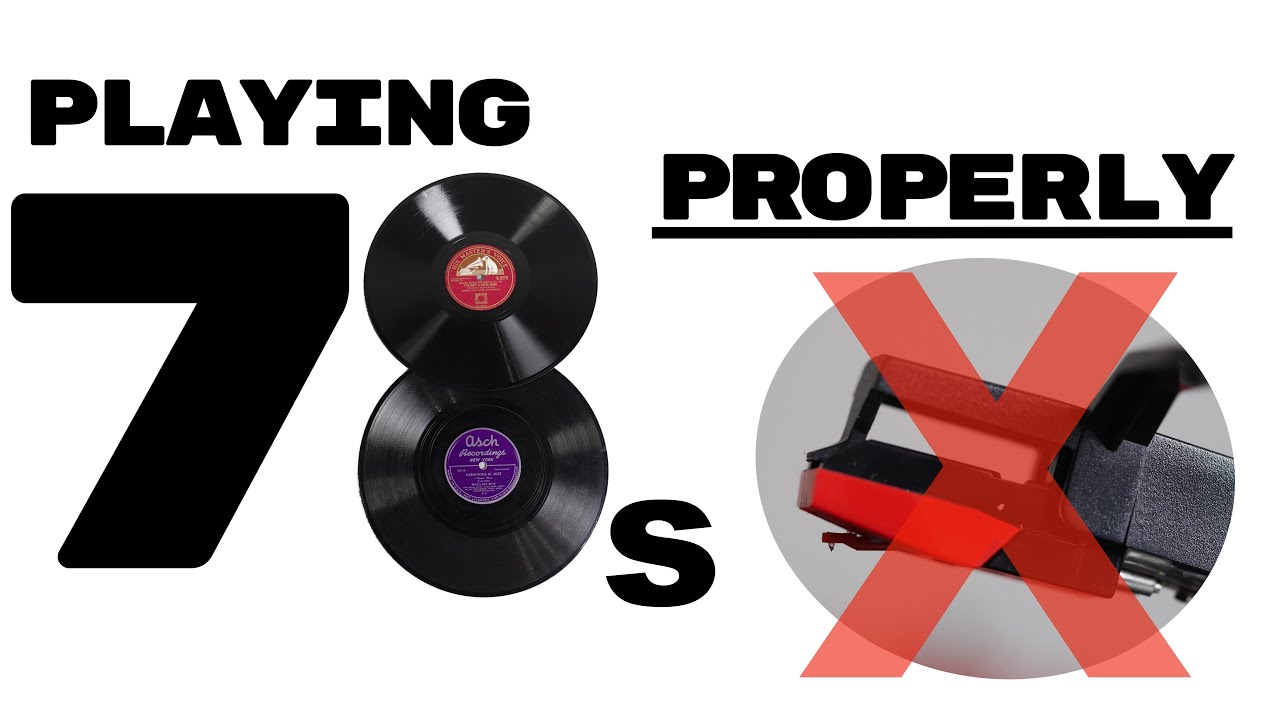Vintage 78 RPM phonograph records recorded monaural sound in a groove with a width of 0.003 inch (0.0762 mm). Their successor, the 33⅓ RPM LP record (for “long playing”), introduced in 1948 and subsequently upgraded to stereophonic sound beginning in the late 1950s, used a groove size one third that of the 78s and, for stereo, a combination of lateral and vertical displacement in the groove to record the two channels. (The clever way this is done, while maintaining compatibility with monaural records, is described in the 2023-03-26 post “Two Channels, One Groove—How Do Stereo Vinyl Records Do It?”.)
While a record player with a stereo cartridge can play a monaural record, most cartridge pickups made since the 1960s have a stylus sized for the “microgroove” recording of LP records. If this is used to play 78 RPM records, it runs along the bottom of the groove, resulting in a lower signal to noise ratio and, in addition, extra noise from vertical irregularities in the groove to which an original 78 RPM cartridge was insensitive. When I was a kid, many record players had cartridges with a little tab you could flip to select either a 78 RPM or LP stylus, but these are rarely seen except in antique shops today.
Is it possible to put together gear to play and archive vintage 78s as they were intended to be played, and how much better do they sound when this is done? If you’ve heard 78s played on modern turntables and wondered how people put up with all the scratchy noise you’ve heard, it’s because they were doing it wrong.
